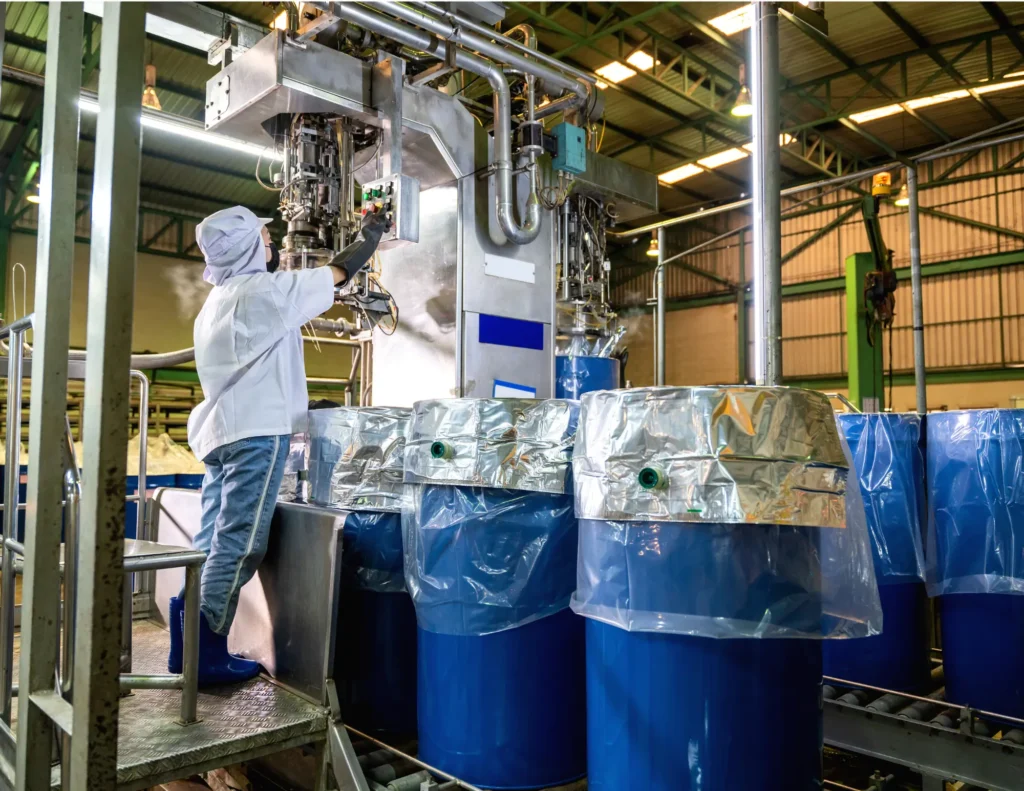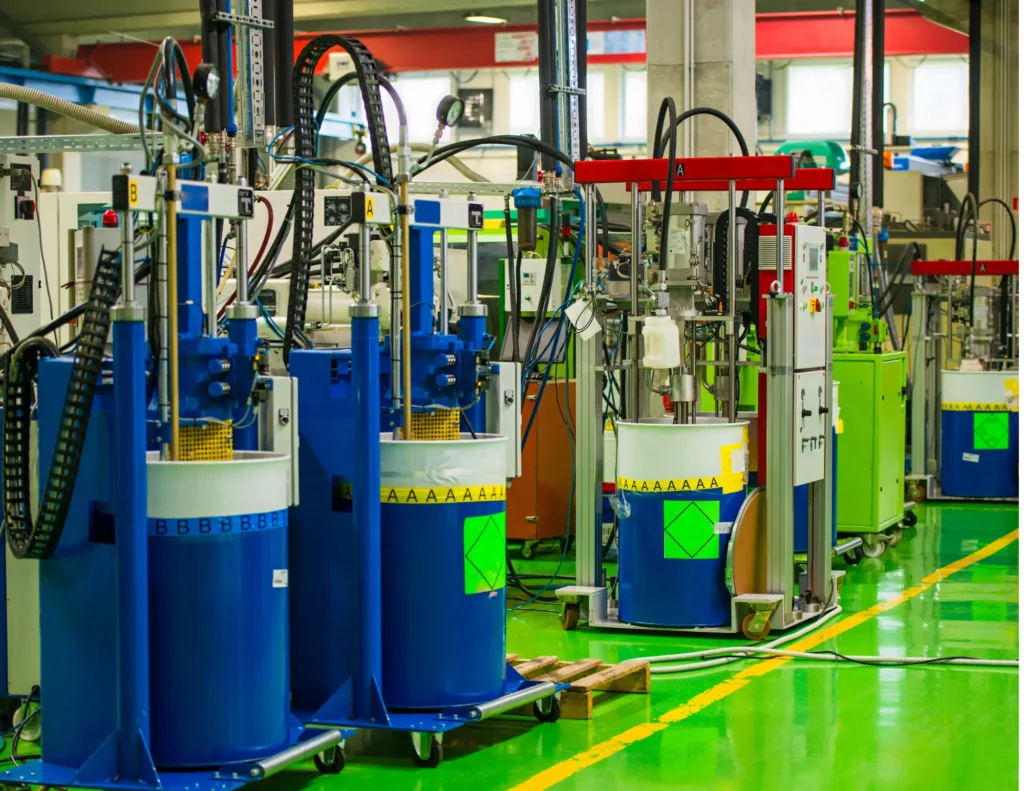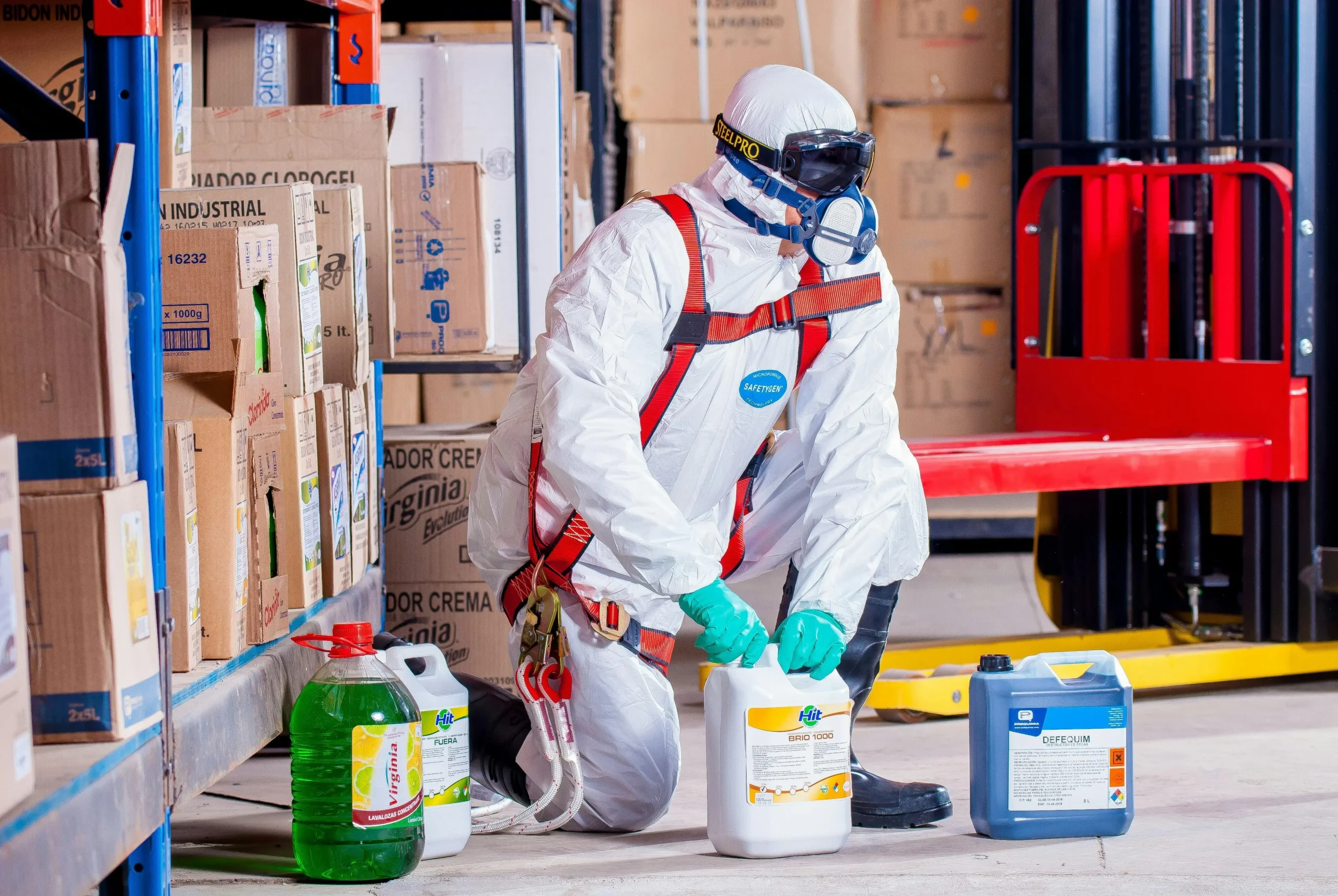Chemical dilution is one of the important and yet difficult tasks sometimes.
Whether you’re a pro cleaner or want a clean home, knowing how to mix cleaning chemicals properly is key for safety and good results.
Mixing them wrong can cause bad cleaning or even health risks. This guide will show you the basic steps to dilute cleaning chemicals right, so you get the best results and stay safe. Let’s learn how to do it!
Key Takeaways
To Dilute cleaning chemicals you need to know the;
- Know the Basics: Understand what dilution is and why it’s important for safe and effective cleaning.
- Use a Calculator: Always calculate the correct dilution ratio to ensure you are using the right amount of cleaner.
- Follow Examples: Look at practical examples to see how dilutions are done in real-life scenarios.
- Prioritize Safety: Always follow safety measures like wearing gloves and goggles when diluting chemicals.
- Extra Tips Help: Use additional tips like labeling your bottles and storing chemicals properly to improve your process.
1. Understanding Dilution Basics

1. Dilution Factor Overview
The dilution factor helps in achieving the right chemical concentration. It is crucial for safe and effective cleaning.
Calculate the dilution factor by dividing the aliquot volume by the final volume. For example, if you mix 1 part of a chemical with 9 parts of water, the dilution factor is 1/10 or 0.1.
The dilution ratio and dilution factor are not the same. The ratio shows parts of solute to solvent, while the factor is a fraction.
2. Why Dilute Chemicals
Diluting chemicals has many benefits. It makes them safer to use and more cost-effective.
Dilution changes how well-cleaning chemicals work. Too strong can damage surfaces; too weak may not clean well.
Cleaning jobs need specific dilutions. For instance, disinfecting surfaces often requires a precise mix to kill germs effectively.
3. Safety First Approach
Always wear protective gear when handling concentrated chemicals. Gloves and goggles protect your skin and eyes.
Mix chemicals carefully to avoid accidents. Never mix different chemicals unless sure they are safe together.
Work in a well-ventilated area during dilution. This prevents harmful fumes from building up.
2. Calculating Dilutions Step by Step

1. Determine Solution Needs
First, assess the cleaning task. Consider the type of surface, such as concrete cleaning will need differnt chemical composition, and how dirty it is. For example, a kitchen counter may need a different strength than a bathroom floor.
Factors like surface material and dirt level matter. A delicate surface needs a weaker solution. Heavily soiled areas might need a stronger mix.
Start with the manufacturer’s recommended dilution rates. These are usually found on the product label. They serve as a good baseline.
2. Find Concentrate Rates
Look for concentration rates on the product label. This information tells you how strong the cleaner is before adding water. As a Canadian chemical manufacturer, all of our chemicals like pressure washing chemicals have the construction rates mentioned on the products.
Understanding these rates is crucial. It ensures you dilute the cleaner correctly. Misinterpreting them can lead to ineffective cleaning or damage.
Common labeling conventions include percentages or ratios. For example, “10% concentrate” means 10 parts cleaner to 90 parts water.
3. Simple Math for Dilution
For chemical dilution, Use a basic formula to calculate dilution ratios. The formula is:
[ \text{Dilution Ratio} = \frac{\text{Parts of Water}}{\text{Parts of Cleaner}} ]
Adjust this based on your needed volume. For instance, if you need one gallon of diluted solution and the ratio is 1:10, use:
- 1 part cleaner
- 10 parts water
Simplify complex calculations by breaking them into steps. If math isn’t your strong suit, use online calculators or apps designed for this purpose.
3. Practical Dilution Examples
1. Step-by-Step Example
Diluting cleaning chemicals can be simple. Let’s walk through an example. Suppose you need a 1:5 dilution ratio. This means one part chemical to five parts water.
First, determine the total volume needed. If you need one liter of solution, divide by six (1 part chemical + 5 parts water). You get approximately 167 mL of chemical and 833 mL of water.
Here is another important read for enthusiastic Chemicals not to mix.
Next, mix them together. Always add the chemical to the water, not the other way around. This helps prevent splashes and ensures proper mixing.
Common pitfalls include miscalculating volumes or using incorrect containers. Always double-check your math and use measuring tools like graduated cylinders.
2. Quick Reference Guide
Here is a cheat sheet for common dilution ratios:
- 1:10 – One part chemical to ten parts water
- 1:20 – One part chemical to twenty parts water
- 1:50 – One part chemical to fifty parts water
Use a conversion chart for moving between dilution ratios and factors:
- 1:5 = 0.2 dilution factor
- 1:10 = 0.1 dilution factor
- 1:20 = 0.05 dilution factor
Download this guide for easy access during your tasks.
4. Safety Measures in Dilution
1. Essential Safety Tips
Always wear personal protective equipment (PPE) when diluting chemicals. Gloves and goggles protect your skin and eyes. Mixing incompatible chemicals can cause dangerous reactions. Never mix bleach with ammonia. Dispose of leftover diluted solutions properly. Follow local guidelines for chemical waste.
2. Protective Gear Use
Use gloves made of nitrile or rubber to protect your hands. Goggles shield your eyes from splashes. Wear protective clothing, like aprons, to prevent contact with your skin. Select gear that fits well and is comfortable. Maintain your gear by cleaning it after use.
3. Easy Workarounds
Use household items to simplify the dilution process. A measuring cup can help with accurate measurements. Mix chemicals in a large dilution container to avoid spills. Use a funnel to pour liquids without mess. These methods make dilution easier and safer.
5. Additional Tips for Success
1. Mixing Solutions Properly
Thorough mixing ensures the solute spreads evenly. This makes the solution effective. Use slow, gentle motions to avoid splashes. Splashes can be dangerous.
For larger volumes, use mixing tools. A long-handled stirrer works well. Mechanical mixers are also useful. They help achieve uniform distribution quickly.
2. Avoiding Common Mistakes
Incorrect dilution ratios can cause problems. Too much concentration may damage surfaces. Too little makes the solution weak.
Always double-check your calculations. Measure carefully to get the right mix. Mistakes can lead to ineffective cleaning or safety hazards.
6. Final Remarks
You now know how to dilute cleaning chemicals safely. You understand the basics and can do the calculations like a pro. Always follow safety rules and use the right gear. Ready to try it out? Start with our examples and see the difference. Have any tips? Share them with us! Keep experimenting and stay safe!
7. Frequently Asked Questions
1. What is the basic principle of diluting cleaning chemicals?
Dilution reduces the concentration of a chemical by mixing it with water. Think of it like adding water to juice to make it less strong.
2. How do I calculate the correct dilution ratio?
First, determine the desired concentration. Then, use the formula: (Volume of concentrate)/(Total volume) = Desired concentration. It’s like mixing two parts paint with one part water.
3. Can you give a practical example of a dilution?
Sure! If your cleaner needs a 1:10 ratio, mix 1 cup of cleaner with 10 cups of water. It’s as simple as making lemonade!
4. Why is safety important when diluting chemicals?
Improper dilution can be dangerous. Too strong and it could harm surfaces or skin; too weak and it won’t clean effectively. Always follow guidelines.
5. Are there any specific tools I need for diluting chemicals?
Yes, measuring cups and mixing containers are essential. They ensure accuracy, much like using the right measuring spoons in baking.
6. What should I do if I accidentally over-dilute my cleaner?
No worries! Just add more concentration to reach the correct ratio. It’s like adjusting seasoning in a soup—easy fix.
7. Any tips for ensuring successful dilution every time?
Always read labels carefully and measure accurately. Consistency is key, just like following a recipe to get the best results every time.



